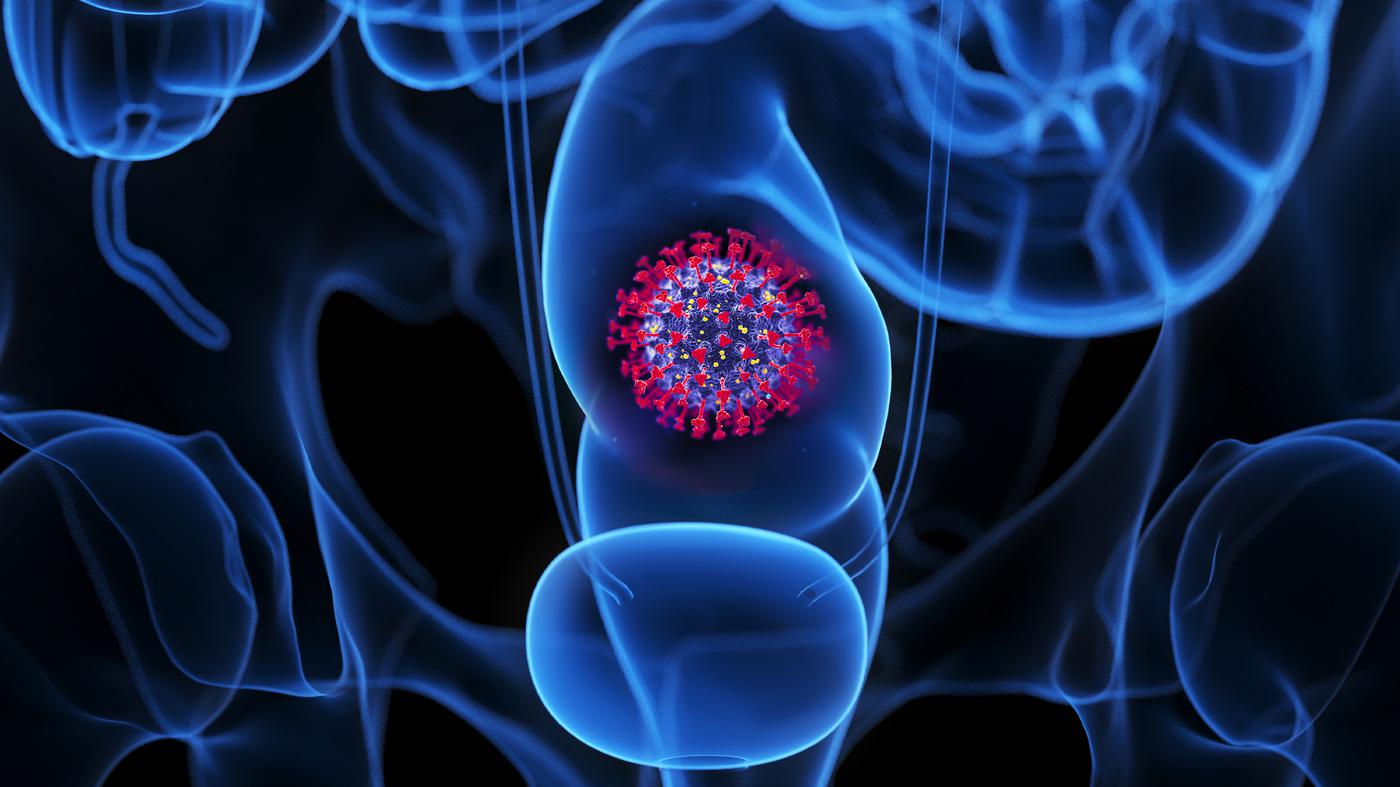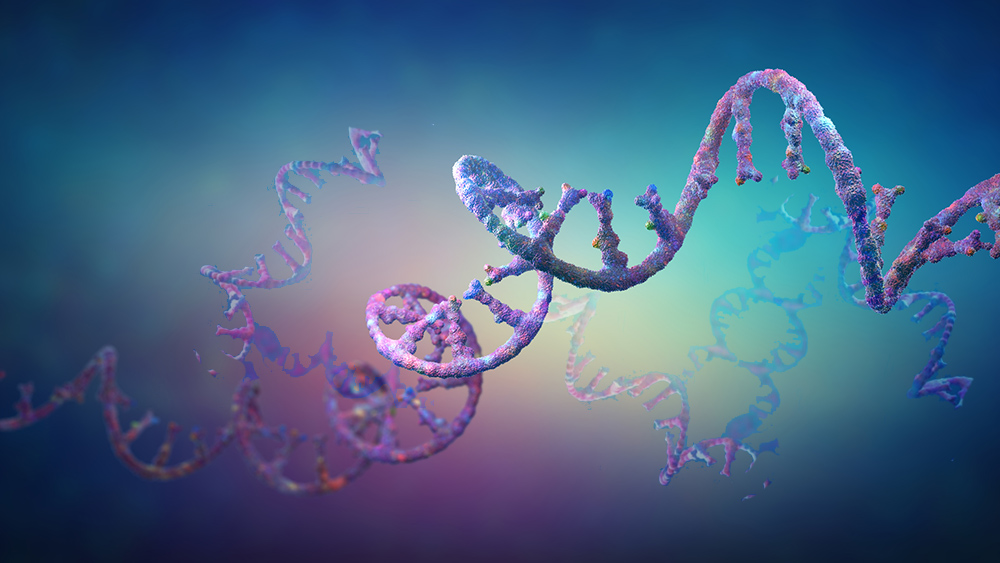The Beginning of Life: Researchers may have found an important missing link in the RNA world – a time when neither DNA nor enzymes were on Earth. Her experiment demonstrated for the first time that pure RNA can also catalyze the binding of amino acids to form peptide chains. This fills an important gap in the composition of the first proteins in the “primordial soup” – and thus could solve the chicken-and-egg problem in the origin of life, the team reports in Nature.
Today, all life on earth is based on one Workers Department: Genetic molecules RNA and DNA store genetic information, ribosomes build new proteins from them and proteins maintain metabolism and thus the functioning of the whole organism. But what was it like in the beginning of life? According to the current theory, there were no DNA, ribosomes, or DNA transcription enzymes at that time. But without proteins, DNA cannot replicate, and without ribosomes, there are no proteins – it’s real Chicken and egg problem.
The missing piece of the RNA world puzzle
RNA offers a possible way out: unlike DNA, this form of the genetic molecule does not need proteins to reproduce, but serves as a their enzyme. According to the current theory, all life began with a world based on RNA – and this solves at least part of the chicken-and-egg problem. However, it is still not clear how the first proteins could be formed without ribosomes or other protein factories.
Felix Muller at Ludwig Maximilian University in Munich and his colleagues may now have found an answer to that question. “There must have been a point in the RNA world at some point when RNA gained the ability to catalyze the synthesis of at least smaller peptides,” the researchers explain. So they looked for the chemical processes by which RNA molecules could combine amino acids to form peptide chains — without ribosomes and the like.
‘Fossil’ RNA bases as major players
In fact, the team found a possible way: Chemical analyzes show that in addition to the four RNA bases important for protein coding — the genetic letters A, T, G and C — there are so-called non-canonical RNA bases. The scientists explain: “These non-canonical nucleosides in RNA can be traced back to the last common ancestor of all genetic molecules, and are therefore considered living molecular fossils of the RNA world.”
The interesting thing is that some of these “fossil” RNA bases have inserts that amino acids can stick to. But what happens when two pieces of RNA come into contact with such appendages of amino acids? “Their chemical structures indicate that RNA-dependent peptide synthesis can then begin,” Muller and colleagues write. The presence of RNA can then favor interactions between amino acids, resulting in a peptide bond and thus the binding of these two amino acids to the peptide.
RNA can form peptides
Muller and his team have now tested whether this also works in practice. To do this, they created short strands of RNA containing two different non-canonical bases of RNA, each with an amino acid attached, at its end – a donor and a recipient, so to speak. If they now string these things together, the reaction they were hoping for happens: the RNA fragments clump together in such a way that one donor and one recipient nucleoside-receivers together.
The critical step then followed under favorable reaction conditions, including heat: the donor RNA untied the bond to its own amino acid and left it to the recipient RNA. This now has two amino acids linked at its end – the start of the peptide chain. As the researchers note, this process can be repeated several times, resulting in the formation of peptides with up to 15 amino acids.
At the same time, the peptide appendages made the naturally fragile and easily degraded RNA molecules more stable. In principle, both types of molecules reinforce each other: RNA promotes the formation of peptides, which, in turn, stabilize RNA.
The chicken and egg problem solved?
Therefore, non-canonical RNA bases and their affinity for amino acids could be the crucial link that transformed RNA from a pure carrier of genetic information into a catalyst for peptide synthesis. “This led to a transition from a pure RNA realm to an RNA-peptide realm,” the researchers say. “In this world of RNA-peptide, both types of molecules have evolved and improved translation and replication capabilities.”
Eventually, at some point, the complex RNA machinery still used to produce proteins in our cells today emerged – the ribosome. RNA is no longer needed for peptide synthesis and its function of storing and transmitting genetic information is decreased.
“The RNA-peptide scientist solves the chicken and egg problem,” says senior author Thomas Karel of LMU in Munich. “This creates the basis upon which the origin of life slowly becomes explainable.” (Nature, 2022; doi: 10.1038/s41586-022-04676-3)
Source: Ludwig Maximilian University of Munich

“Tv expert. Hardcore creator. Extreme music fan. Lifelong twitter geek. Certified travel enthusiast. Baconaholic. Pop culture nerd. Reader. Freelance student.”






More Stories
“Time seems to cure long Covid.”
Alternative Music Scene – Max Schabl & the Mouse People hit #1 on the Austrian indie charts
How did life begin on Earth? Munich researchers find important clues